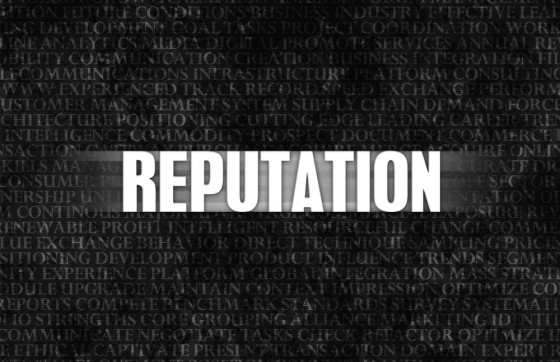Many risk managers are struggling to get their arms around reputation risk. One challenge is that risk, a threat to valued asset or desired outcome, is hard to discuss in modern terms without statistics. Statistics, on the other hand, can be mind-numbing.
First, the accountancies. Eisner & Amper reports that reputation risk has been the number one board concern for each of the past four years. Deloitte concurs on the ranking but emphasizes the strategic nature of reputation risk. E&Y finds reputation risk in international tax matters; PwC finds reputation risk in bribery, corruption and money laundering. Oliver Wyman, a human resource and strategy consultancy, reports that reputation risk is a rising C-suite imperative ranking fourth this year (and third among risk professionals). Reputation risk was fourth in Aon’s 2013 survey. Willis shared data showing that 95% of major companies experienced at least one major reputation event in the past 20 years.
Ace in 2013 reported that 81% of companies told the insurer that reputation was their most important asset. Allianz’s 2014 global survey ranked the risk sixth of the top 10. Rounding out the professions, the 2014 study written by the Economist Intelligence Unit and published by the law firm, Clifford Chance, reported that 74% of U.K. board members see reputation damage as the most worrying consequence of an incident or scandal, ranking it as more serious than the potential direct financial costs, loss of business contracts and even impact on share price.
Anecdotes provide context that can personalize statistics. They can help transform a cerebral conversation about reputation risk to an action plan for managing enterprise reputation risk, protecting long-term enterprise value, and protecting the personal reputations of a company’s leadership.
This week’s anecdotes are exemplary. Goldman Sachs issued a company-wide directive banning its investment bankers from trading individual stocks for their own accounts. The Financial Times reported that “…Goldman told employees it was stopping bankers buying and shorting individual stocks and bonds to ‘help mitigate potential conflicts between firm personnel and clients . . . while helping the firm better manage reputational risk.’”
Across the pond after settling with U.S. and U.K. regulators, Lloyd’s Banking Group dismissed eight employees and clawed back bonuses for the rigging of the London interbank offered rate and related benchmarks. “Significant reputational damage and financial cost to the group are fully and fairly reflected in the options considered in relation to other staff bonus payments,” is how Chairman Norman Blackwell explained the personnel actions, according to Bloomberg.
The Daily Mail finds worrisome the loss of market share from 30.2% to 28.8% for Tesco, which currently reports annual sales of £65 billion ($105 billion). But given that the losses may have been intentionally contrived by senior management is mind boggling. “Most disturbingly of all is the reputational damage, which could linger for years.”
In contrast, Nishit Madlani, an analyst at S&P, is finding encouraging signs at General Motors. “The company’s performance over recent months has shown that recalls haven’t impacted sales. Reputational damage did not transpire, for the most part,” Bloomberg reported.
The statistics affirm reputation is top of mind. To make reputation risk actionable for a risk manager means understanding from the anecdotes that it is a going-forward risk affecting all stakeholder behaviors. Reputation damage will impact sales, credit ratings, regulatory scrutiny and executive compensation. Managing risk to reputation requires an enterprise-level strategic solution that, were it to think about it, senior management would demand today.

